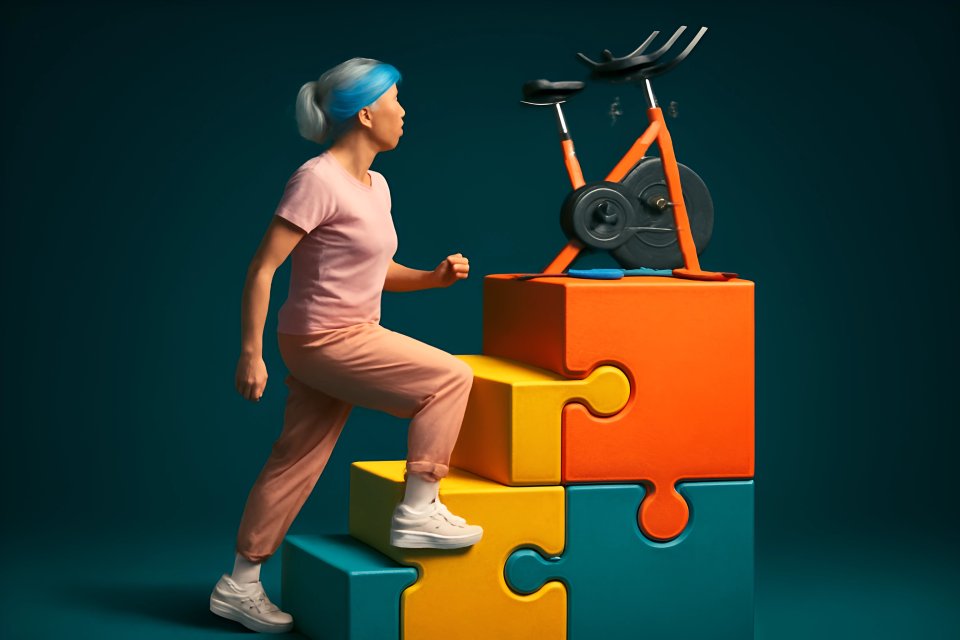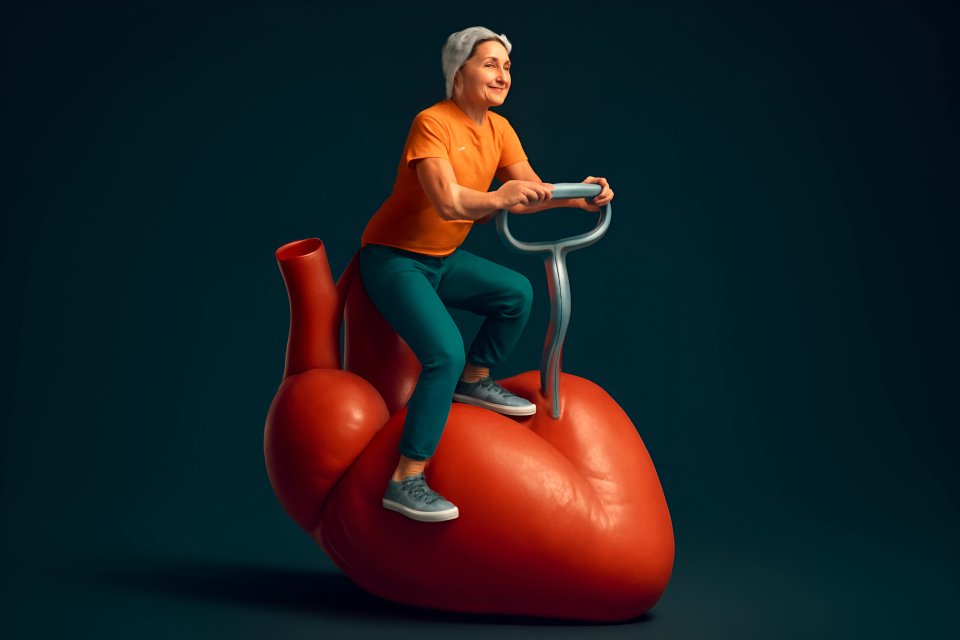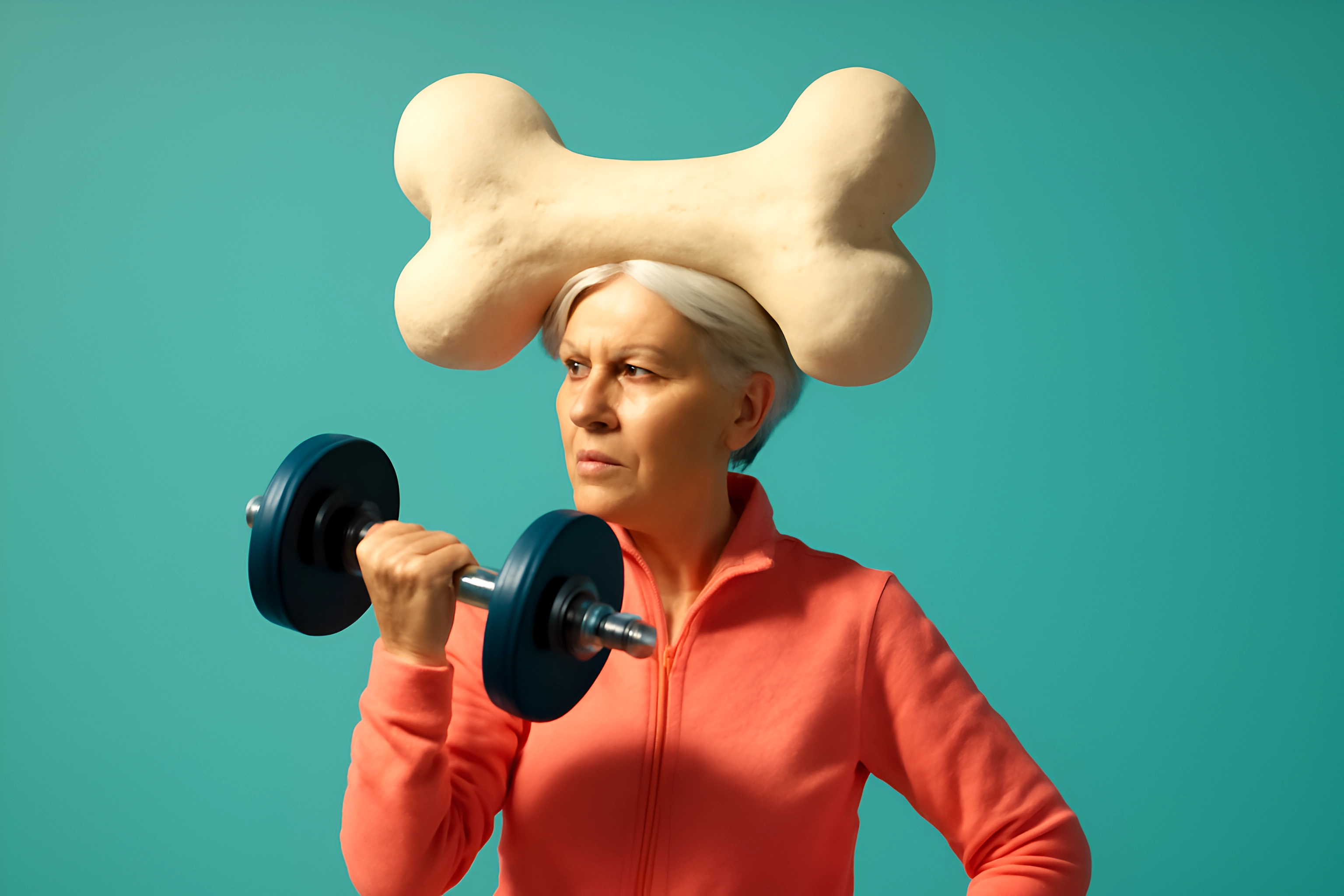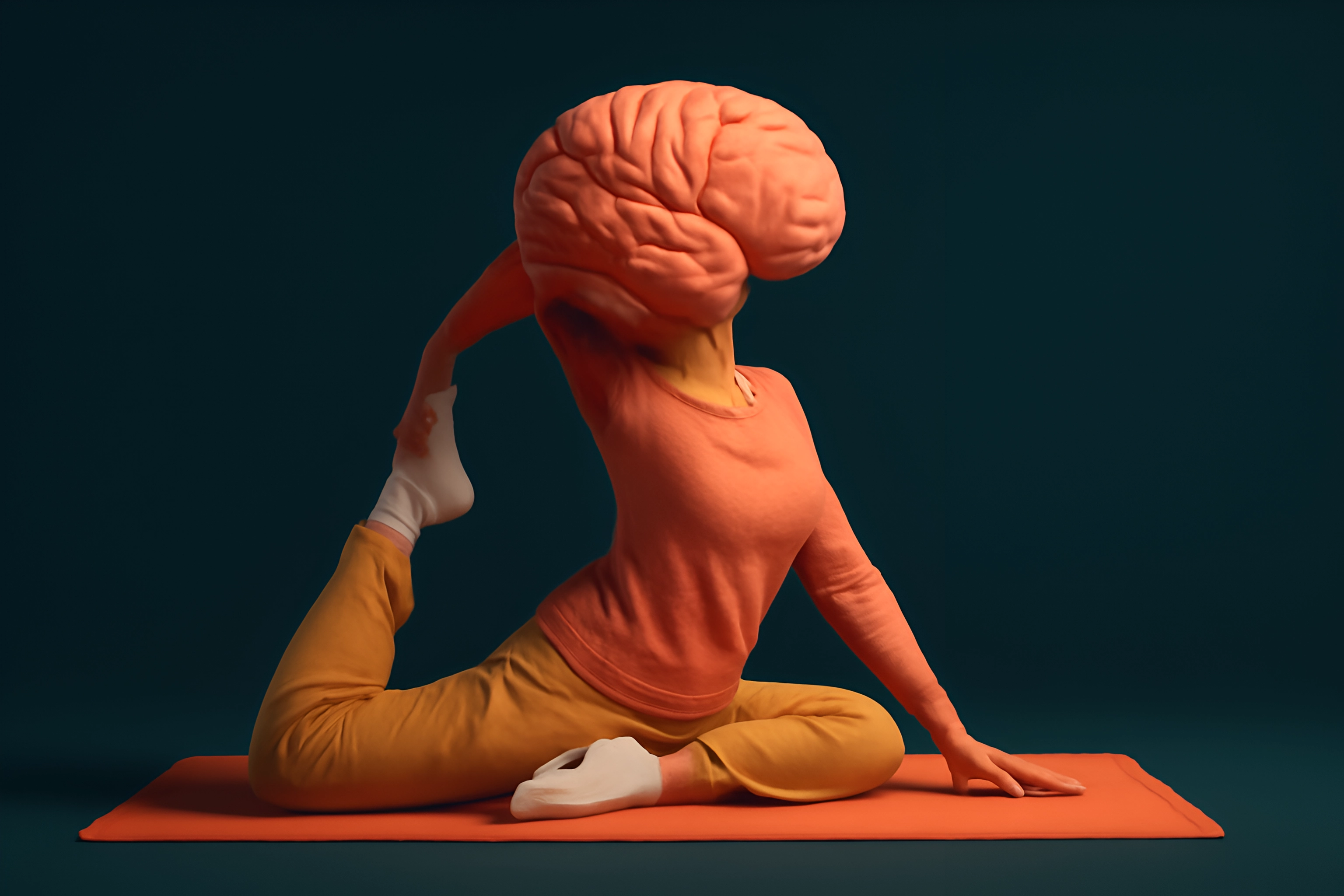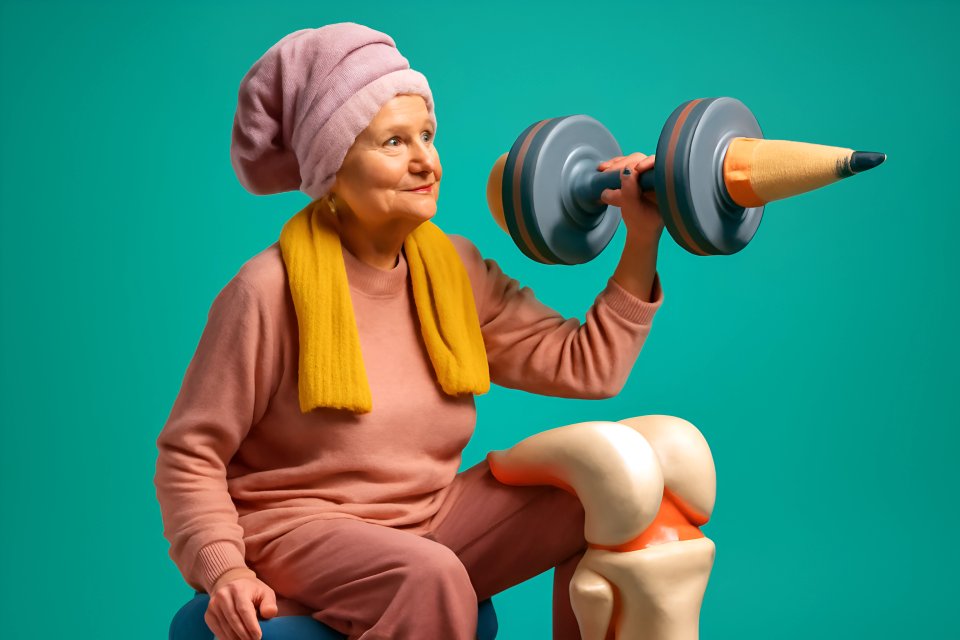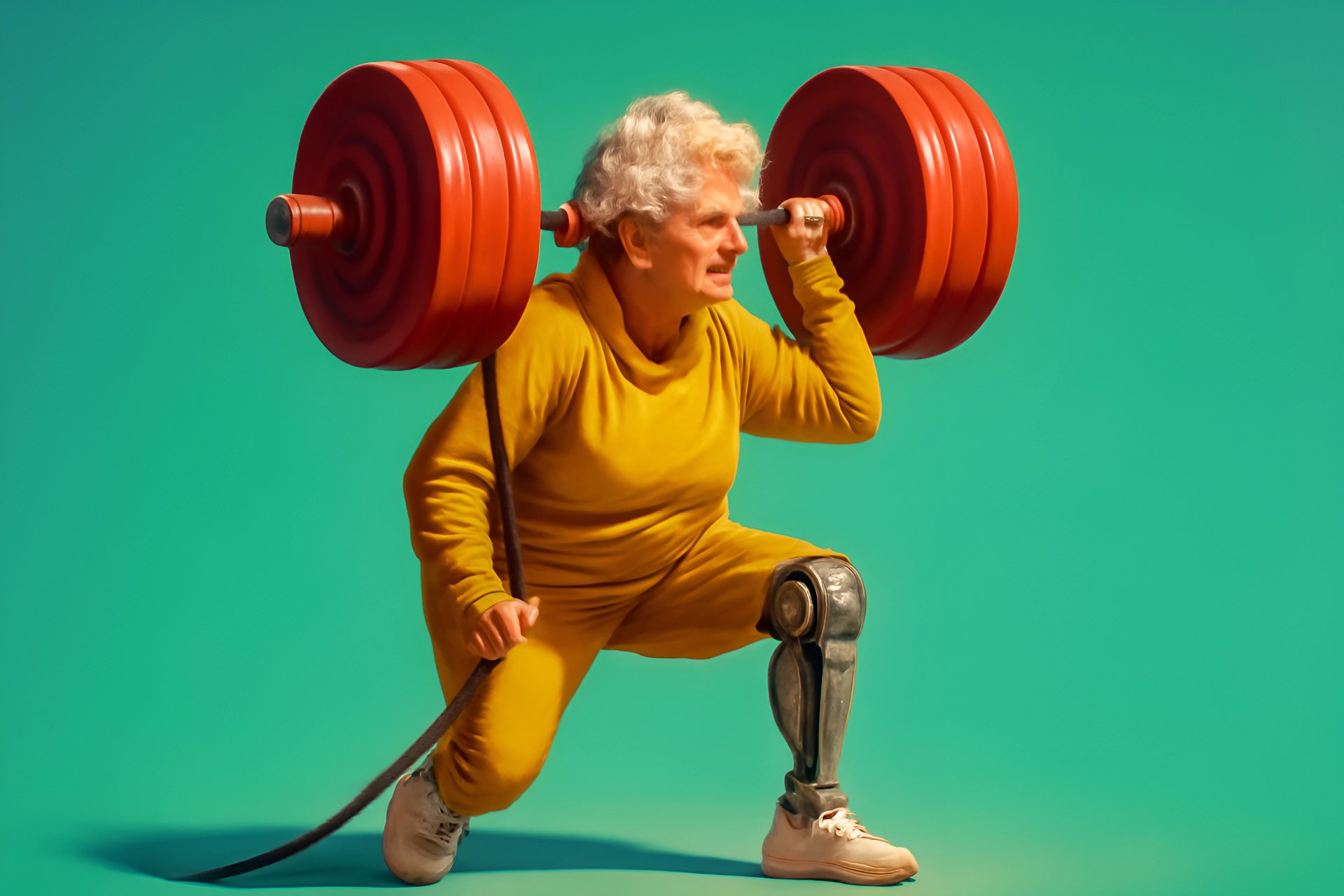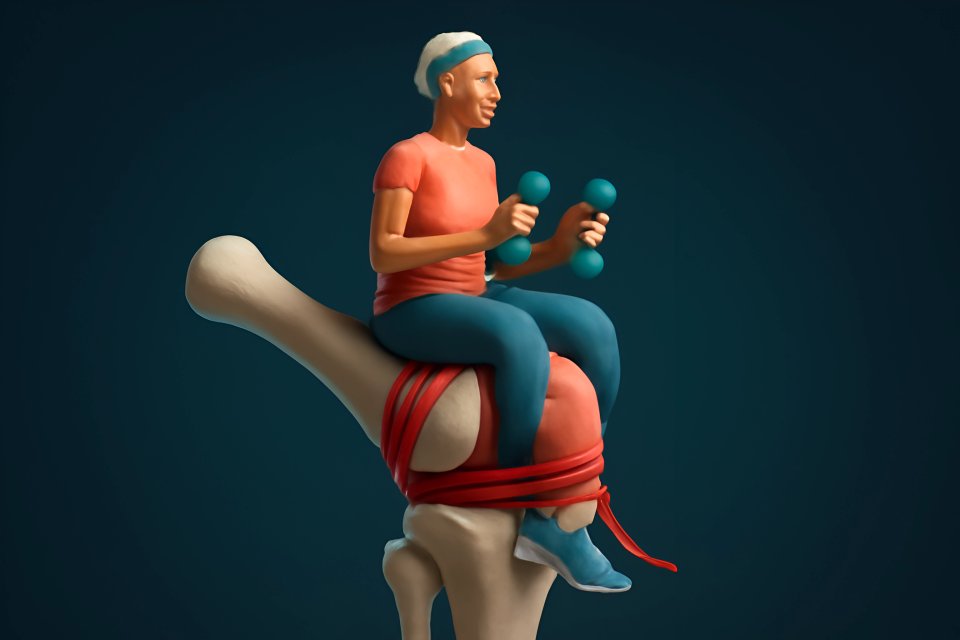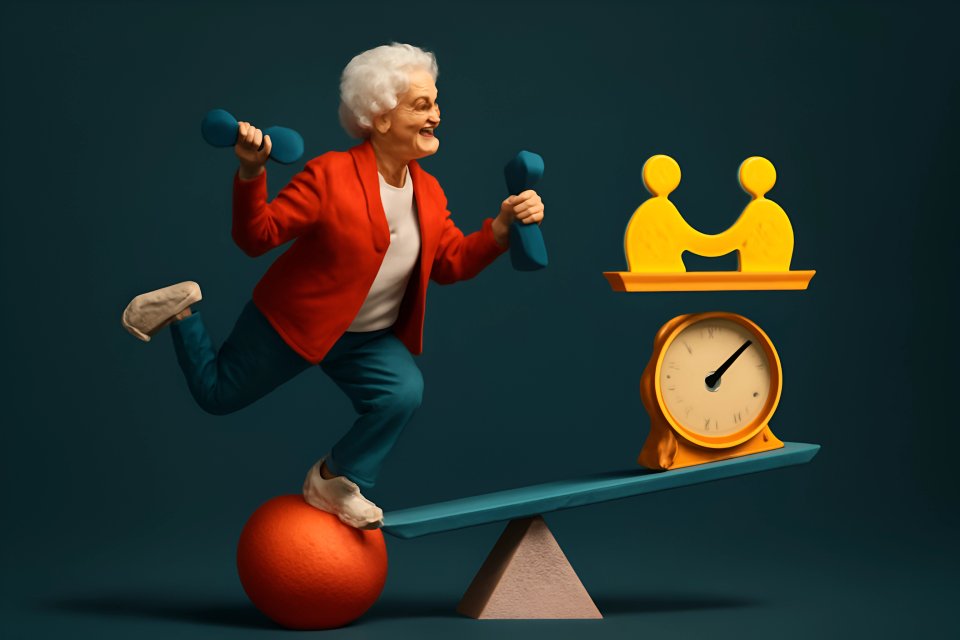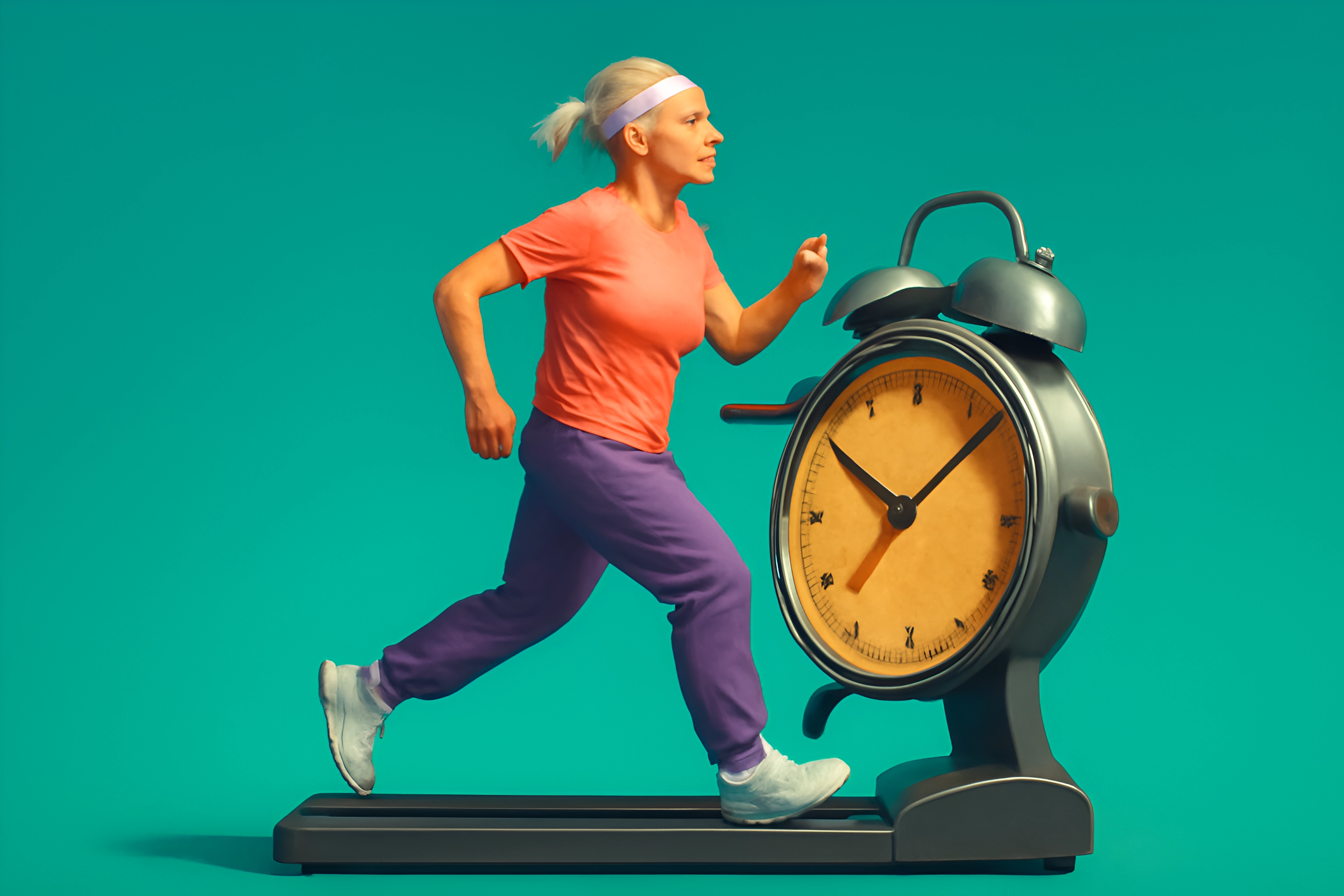
Introduction: Reclaiming Your Energy, One Step at a Time
Does it feel like your body's 'engine' is running a little slower these days? You're eating well and staying active, but the scale isn't budging, and your energy levels just aren't what they used to be. You're not alone, and it's not just in your head.
It’s a biological reality that our metabolism changes as we move past 50, influenced by shifts in muscle mass and hormones. This can feel like a frustrating, uphill battle for your health and security. But what if I told you that this decline is not your destiny?
The secret to a better metabolism isn't about punishing yourself with more grueling workouts. The real power lies in weaving smarter, more consistent daily movement into the life you already live. This post will show you exactly how to optimize daily activity levels for better metabolism after 50, giving you the tools to reclaim your vitality and feel strong in your own skin again.
The Metabolism Myth: Why It Really Slows Down After 50
Let’s get one thing straight: your metabolism isn't slowing down simply because you've had more birthdays. The real culprit is something you have incredible power over. It’s a battle for your body’s most precious, energy-burning resource.
It's Not Just About Age—It's About Muscle
The primary driver behind this metabolic shift is a process called sarcopenia, or age-related muscle loss. After age 50, we can lose muscle at an alarming rate of up to 15% per decade, a significant acceleration from previous years. This matters because muscle is your metabolic furnace; it burns far more calories at rest than fat tissue does, keeping your engine running hot even when you're not moving.
When you lose that precious muscle, your resting metabolism naturally slows down. This is compounded by a sedentary lifestyle, which tells your body it no longer needs to maintain that strong, metabolically active tissue. But here is the empowering truth: this is not a one-way street. You have direct control over your muscle mass and activity levels, giving you a powerful lever to pull for your metabolic health and long-term survival.
Your Secret Weapon: Understanding NEAT (Non-Exercise Activity Thermogenesis)
What if the key to a faster metabolism wasn't found in a gym, but in the small movements you make all day long? It sounds too simple to be true, but this is where the science gets exciting. It’s time to meet your new best friend in the fight for a better metabolism.
What is NEAT and Why is it a Game-Changer for Seniors?
Let me introduce you to NEAT, which stands for Non-Exercise Activity Thermogenesis. It’s a scientific term for the energy you burn doing everything that isn't formal exercise, eating, or sleeping. Think of the energy spent fidgeting, walking to the mailbox, gardening, standing while you talk on the phone, or taking the stairs.
This isn't just trivial movement; it's a metabolic powerhouse. Research shows that NEAT can account for a massive portion of your total daily calorie expenditure, and the difference in NEAT between two people can be up to 2,000 calories per day. For those of us over 50, focusing on NEAT is a game-changer because it’s sustainable, gentle on the joints, and doesn't require a gym membership to be effective.
By consciously increasing these small, everyday movements, you are constantly stoking your metabolic fire. This is the very foundation of lifestyle metabolism optimization. It’s about turning your daily life into a subtle, continuous workout that supports your energy, strength, and independence.
The FitOverFifty Action Plan: Practical Ways to Boost Daily Activity
Ready to put this secret weapon into action? The goal isn't to overhaul your life overnight. It's about finding simple, almost effortless ways to weave more movement into your existing routines.
Around the House
Transform your home from a place of rest into a hub of gentle activity. While you wait for your morning coffee to brew, don't just stand there; rise up onto your toes for a set of calf raises or lean against the counter for a few push-ups. These small acts of resistance are crucial for counteracting age-related muscle loss.
Make your phone calls active by pacing around the room or doing gentle stretches while you chat. When you settle in to watch television, use the commercial breaks as your personal fitness timer. Stand up, march in place, or do a few bodyweight squats until your show returns. Even chores can become a workout—put on some upbeat music and tackle your vacuuming or gardening with a little more vigor to turn housework into a calorie-burning opportunity.
Finally, rethink how you handle simple tasks like laundry. Instead of carrying one massive, heavy basket, split it into smaller, more frequent loads. Each trip up and down the stairs becomes a mini-workout that builds functional strength and protects your long-term mobility.
While Out and About
Your errands are no longer just a to-do list; they are a chance to boost your NEAT. Make a new rule for yourself: always park with purpose. Choose a spot at the far end of the parking lot to add hundreds of extra steps to your day without even thinking about it.
Become a "stair-master" in your daily life. Whenever you are faced with the choice between stairs and an elevator or escalator, always choose the stairs. This simple decision engages the large muscles in your legs and glutes, which are vital for maintaining a healthy metabolism.
When bringing in groceries, apply the two-trip rule. Instead of straining to carry everything at once, make two comfortable trips from the car. And if you only need a few items at the store, challenge yourself to carry a basket instead of pushing a cart—this engages your arms and core, turning a simple shopping trip into a functional strength exercise.
"Activity Snacks" for Your Workday or Downtime
If you spend a lot of time sitting, breaking up that sedentary time is one of the most powerful things you can do for your metabolism. Set a timer for every 30 minutes as a reminder to stand up, stretch, or walk around for just two or three minutes. These tiny "activity snacks" can dramatically improve metabolic health markers.
Turn your meals into a metabolic event by taking a gentle 10-minute stroll afterward. A short walk after lunch or dinner is proven to help manage blood sugar and aid digestion. You can even turn hydration into movement by taking the "long way" around the house or office every time you get up for a glass of water.
And don't underestimate the power of fidgeting! Tapping your feet, stretching your legs under your desk, or doing shoulder rolls while seated can burn a surprising number of calories throughout the day. For a truly powerful combination of wellness, suggest your next coffee date with a friend be a "walk and talk" instead—you can balance your social wellbeing and physical health at the same time.
Fueling the Engine: How Nutrition Supports an Active Metabolism
You can't out-walk a bad diet. All the wonderful movement you're adding to your day needs the right fuel to be effective. Think of your body as a high-performance engine; it needs premium fuel to run efficiently.
You Can't Out-Walk a Bad Diet
First and foremost, prioritize protein. As we age, our bodies become less efficient at using protein to build and repair muscle, a condition known as "anabolic resistance." To combat this, research suggests older adults need significantly more protein—about 1.2 to 1.6 grams per kilogram of body weight daily—to preserve the muscle you're working so hard to maintain.
Next, hydration is non-negotiable. Every single metabolic process in your body requires water to function correctly. Dehydration can slow your metabolism and sap your energy, so aim to drink consistently throughout the day, even if you don't feel thirsty, as our thirst signals can weaken with age.
Finally, make fiber your friend. Fiber helps stabilize your blood sugar, preventing the energy crashes that can lead to inactivity and cravings for unhealthy foods. Getting enough fiber from whole grains, fruits, and vegetables provides sustained energy to power you through your newly active day. For more ideas, you can explore our practical tips for boosting metabolism with daily activities.
Conclusion: Your Journey to a More Vital You Starts Now
Let's be clear: boosting your metabolism after 50 isn't about a desperate attempt to turn back the clock. It's about empowering yourself with the knowledge and habits to live with more energy, strength, and vitality in the chapter you're in right now. You've learned that your metabolism isn't fixed, that small movements add up to big results, and that consistency will always win out over intensity.
The power to reshape your metabolic future is already in your hands. It’s in the choice to take the stairs, to pace while you talk, and to fuel your body with the protein it needs to stay strong. Start small, stay consistent, and celebrate every single step you take toward a more vibrant you. If you're ready to take the next step, learn how to build a low-impact exercise routine that perfectly complements these daily habits.
Call to Action
We want to hear from you! What's your favorite way to sneak more movement into your day? Share your best tip in the comments below—you might inspire someone else in the FitOverFifty community.







